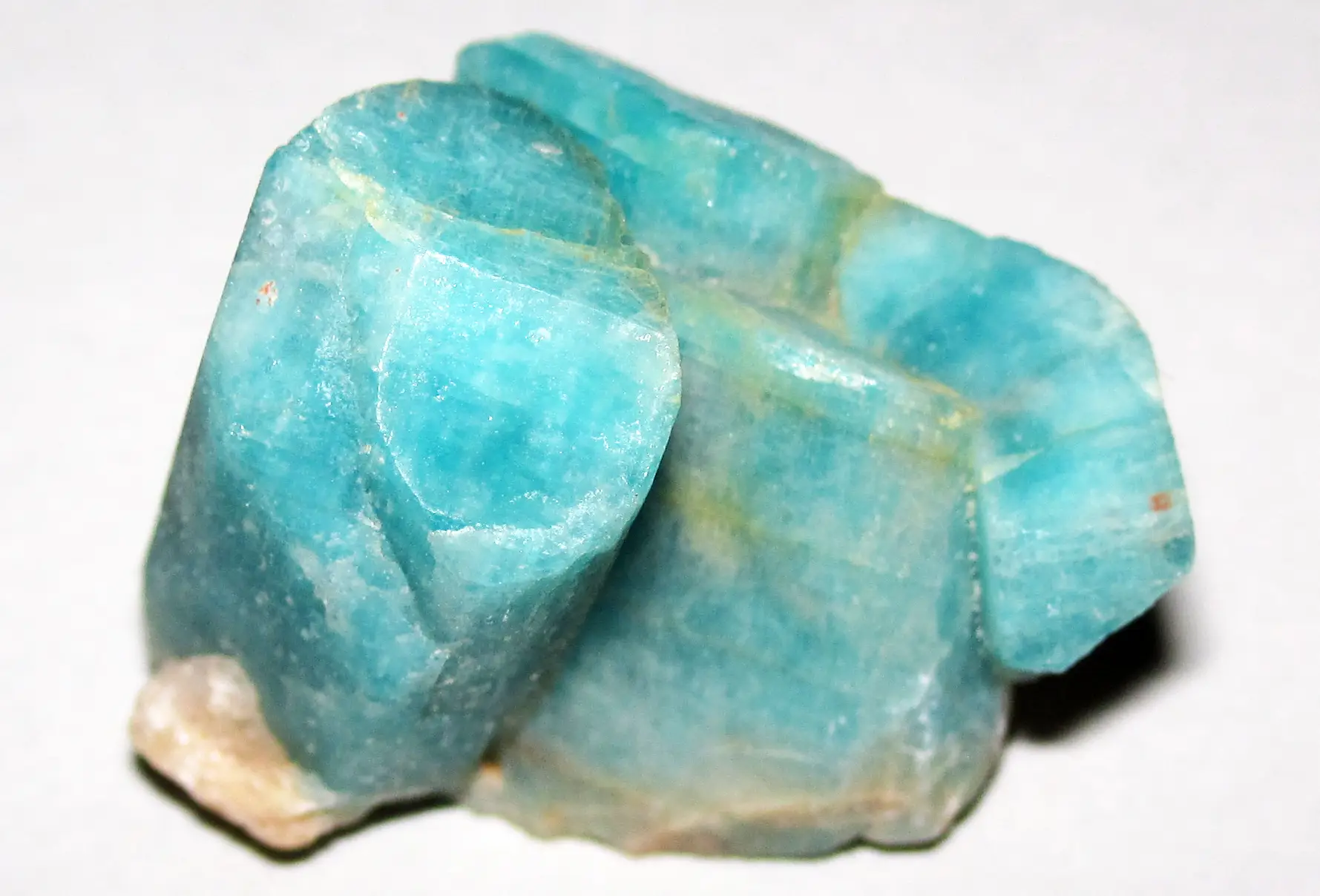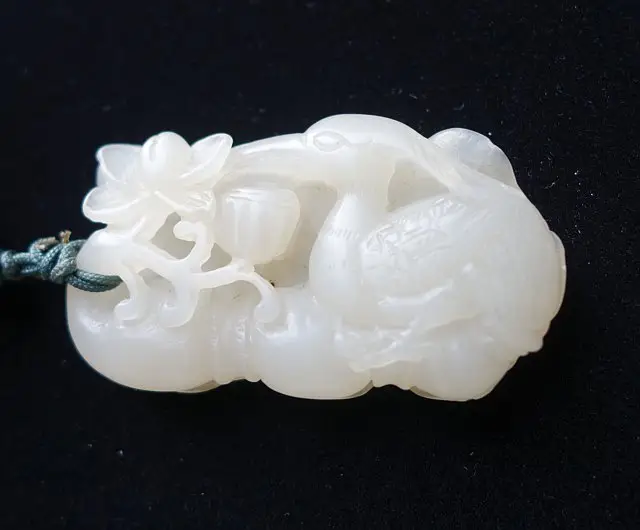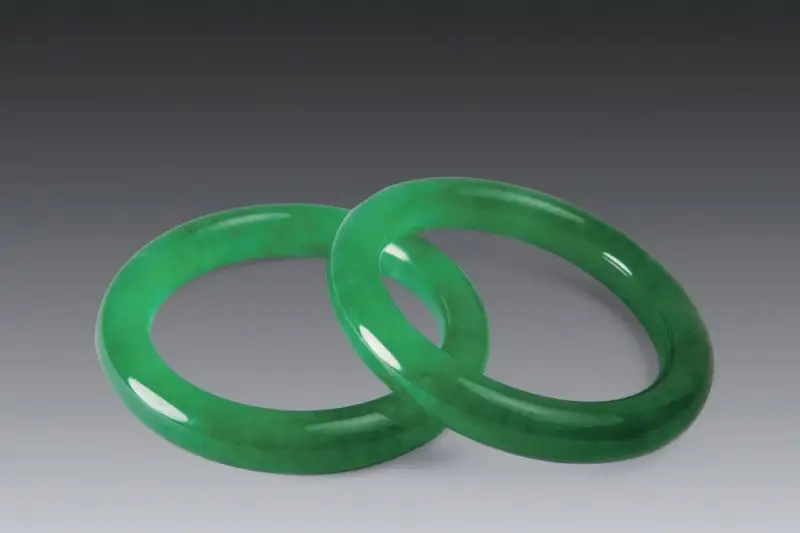Table of Contents
Introduction
Amazonite is named after its first discovery in the Amazon River basin. Its blue-green color evokes the rivers of the Amazon rainforest, while its name “Tengaishi” is a phonetic translation from Japanese, meaning “river in the sky.”
Amazonite is a blue-green or green-blue variety of microcline feldspar, sometimes appearing green, with transparency ranging from translucent to slightly transparent. Its most distinctive feature is the grid-like pattern of blue-green and white squares, caused by its twinning structure. Due to its well-developed cleavage, the cleavage surface often displays a slight shimmer.
High-quality Amazonite can be used for cabochon gemstones, while slightly lower-quality stones are suitable for carving materials.
Microcline feldspar comes in a variety of colors, including white, yellow, blue, green, and red, but only green, blue-green, or green-blue microcline can be referred to as Amazonite. Vivid green Amazonite is also commonly used as an imitation of jade.

(Figure 1) 1
Amazonite
- Crystal system: triclinic crystal system
- Hardness: 6~6.5
- Specific gravity:2.56~2.62
- Luster: Vitreous luster
- Transparency: Translucent to semi-transparent
- Color: Green, teal
- Index of refraction:1.518~1.527
- Birefringence: 0.006
- Fluorescence: Weak and light red to orange flourescence
- Cleavage: complete cleavage
- Characteristics: Grid-like structure, well-developed cleavage
- Imitation: Copper-bearing quartzite
Commercial Value of Amazonite
Ornamental
Amazonite’s most common imitation is a copper-containing blue-green quartzite produced in China, commonly known as “Guizhou Jade.” The most significant differences between the two are that copper-containing quartzite has higher hardness, lacks cleavage, and does not exhibit the grid-like structure of Amazonite, instead displaying a granular structure or even a adventurine effect.
When selecting Amazonite, the best quality is determined by vivid, pure colors such as blue or emerald green, transparency with minimal inclusions, and evenly distributed or inconspicuous grid patterns. Emerald green Amazonite is often used as a substitute for jade.
Amazonite is more prone to damage than other feldspars due to its well-developed cleavage. Its twinning structure also makes it more fragile, so extra caution is needed to avoid impacts.
Some sellers enhance Amazonite’s value by acid-washing the stone to remove internal patterns and impurities, which increases transparency but damages the stone’s internal structure.
Identifying treated Amazonite can be done by comparing weight or observing stone patterns. Acid-washed Amazonite will generally be lighter when comparing two stones of similar size, and stones that have undergone excessive acid treatment will be almost entirely transparent with no visible natural stone patterns, unlike untreated stones, which typically retain some mineral streaks.
Other feldspar groups:
Follow Honway to learn more about the characteristics of gemstones~
Photo Credit:
- James St. John,https://www.flickr.com/photos/jsjgeology/50721947656/in/photostream/ ↩︎


